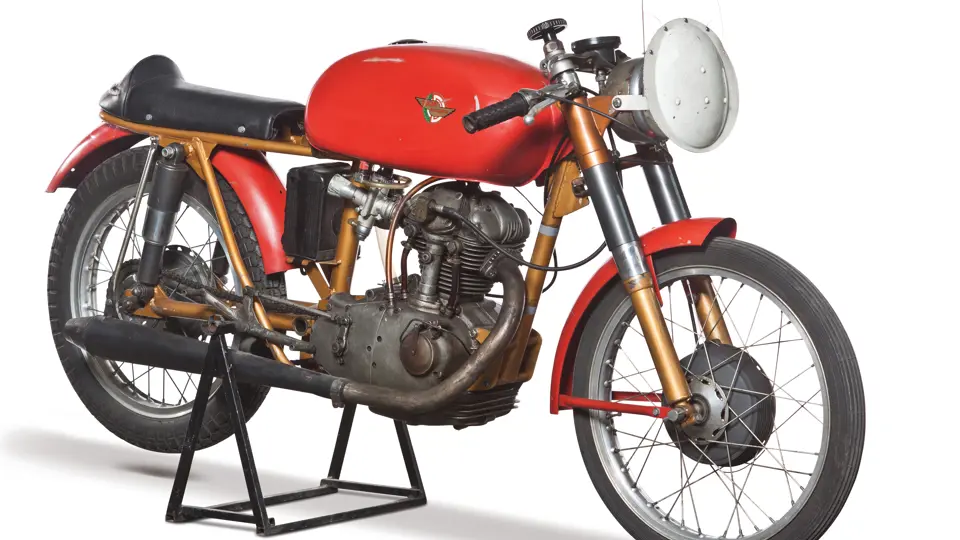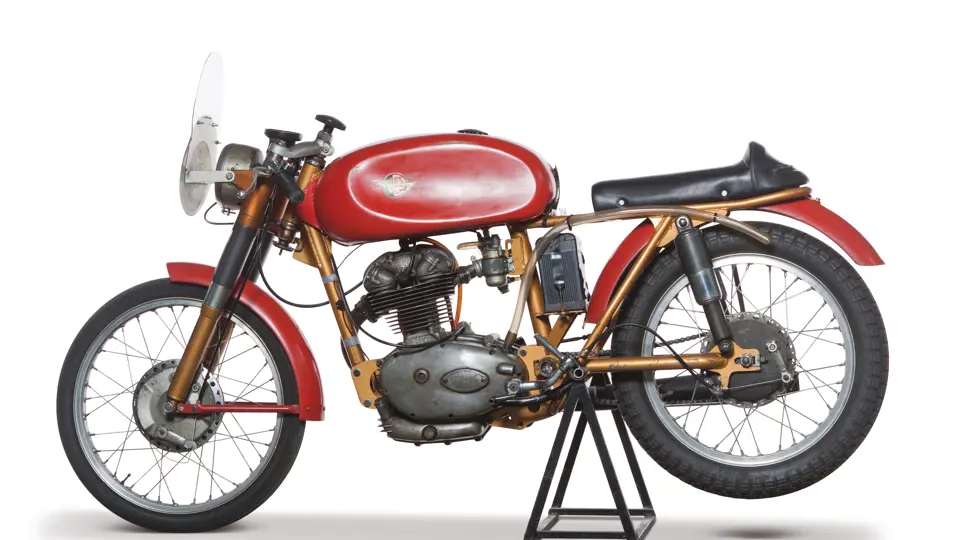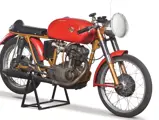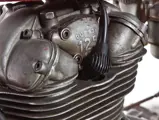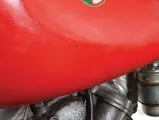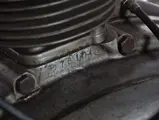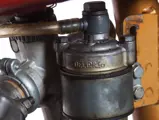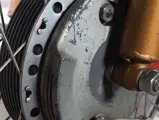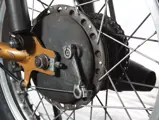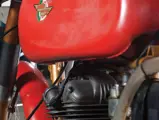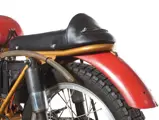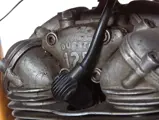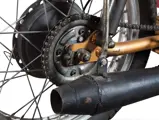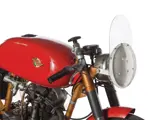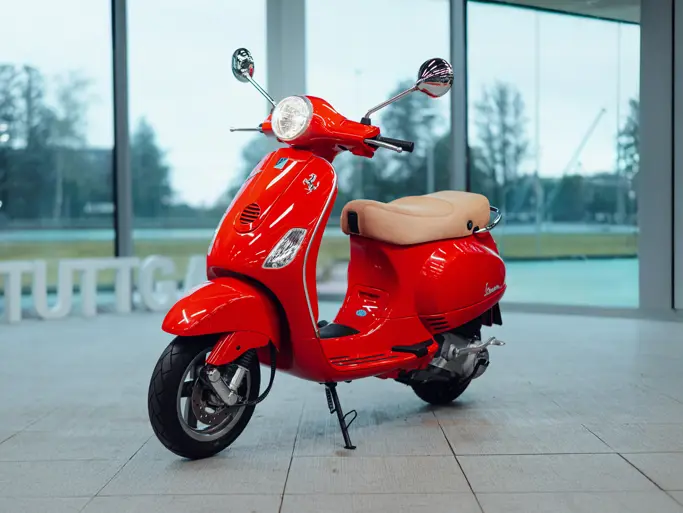Specifications: 125 cc SOHC Desmo single, four speeds.
Fabio Taglioni’s 100-cc Gran Sport set the pattern for Ducati singles for the next 20 years. Developed in 1955 for the Motogiro d’Italia, the 100-cc SOHC bevel-drive single generated nine horsepower at 9,000 rpm and topped out at 80 mph. The engine was bored out to 125 cc that same year and proved very successful in long-distance road races, being capable of 12 horsepower at 9,800 rpm, with an impressive 93 mph top speed.
The Desmodromic valve gear, which mechanically opened and closed the valves, was developed from the Mercedes-Benz technology they used on their straight-eight W196 Grand Prix cars. Mercedes never used it in production cars at that time, but Taglioni developed it for racing. Twelve years later he also applied it to the wide-case singles. The Desmo advantage was to have no valve “float,” and the 125-cc SOHC single could produce up to 19 horsepower, winding reliably to 15,000 rpm.
The F3 bikes, which followed from 1958-62, were made available to privateers worldwide, in 125-cc, 175-cc and eventually 250-cc displacements. All gained enclosed valve springs, and the larger bikes had an improved twin-leading shoe Amadoro brake. Steering head angles and rear suspensions were altered to improve handling, and larger megaphone exhausts were fitted.
This F3 is one of a small number of bikes prepared by Ducati for privateer racers and based upon the works machines that ran in all the competitive events. Franco Villa, for example, won a supporting race at the 1958 Italian Grand Prix at Monza on a 175-cc F3.
However, the factory made a move to twin-cylinder 125-cc Desmo engines for the 1958 works bikes, which could produce 22.5 horsepower at an astounding 13,800 rpm. Amazingly these engines were safe to rev to 17,000 rpm and featured six-speed gearboxes; however, it should be noted that the singles were considerably more successful than the twins. The factory hired six top riders and campaigned single- and twin-cylinder Desmos but were dogged by ill-luck—so much so that Ducati quit works racing at the end of the 1958 season.
Despite the fitment of lights and a kick-start, F3s were built purely for racing. This example is in original unrestored condition with a factory number plate fly screen, alloy wheel rims, Dell’Orto SS1 250 carburettor, Veglia competition tachometer and an Aprilia headlight. Its present patina and character is irreplaceable and likely to attract a great deal of attention at any gathering of the cognoscenti.
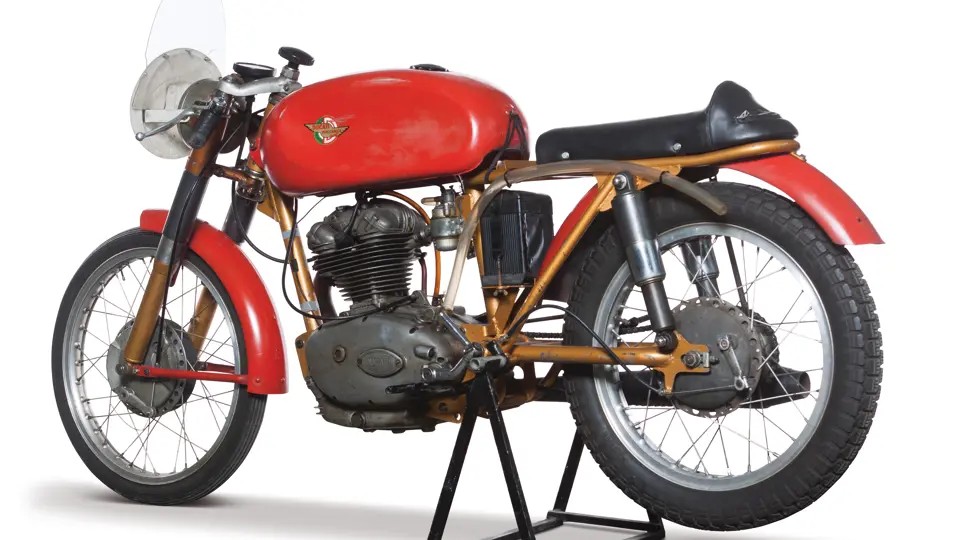

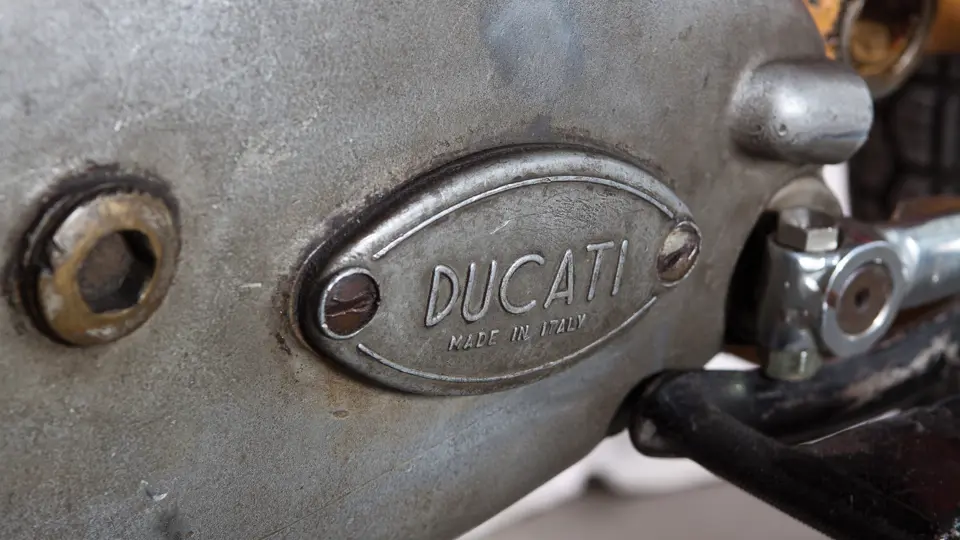

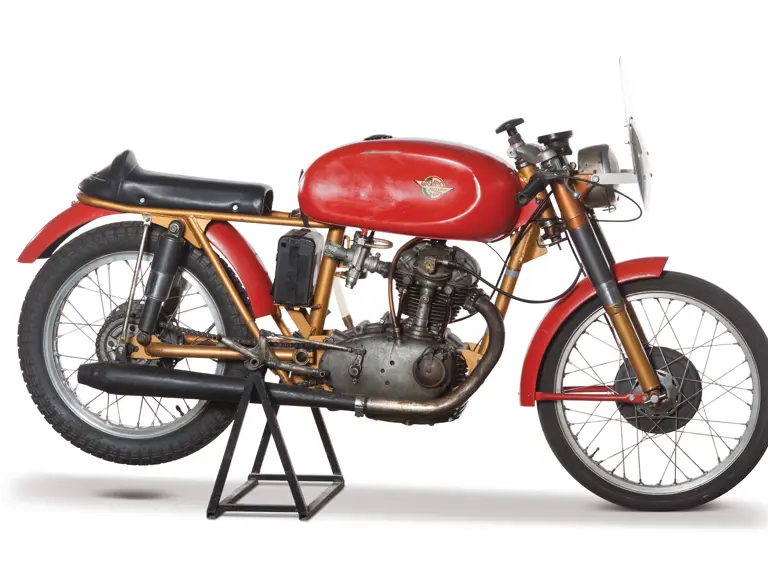
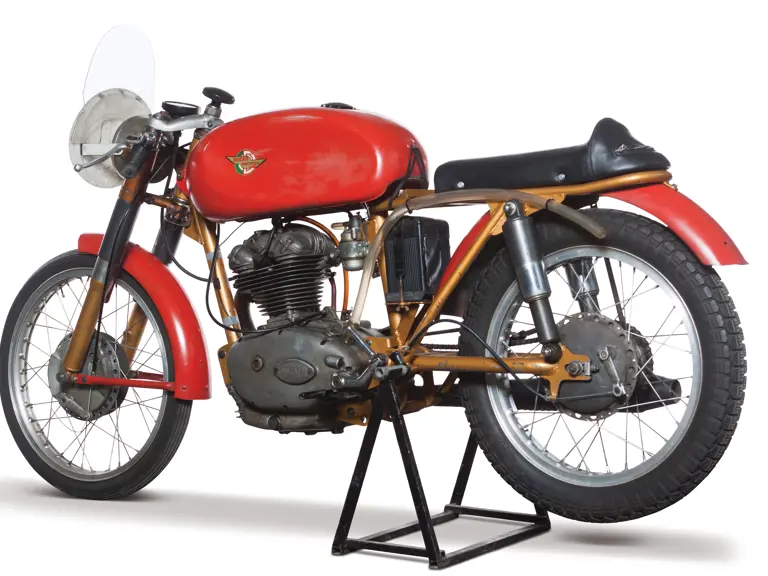
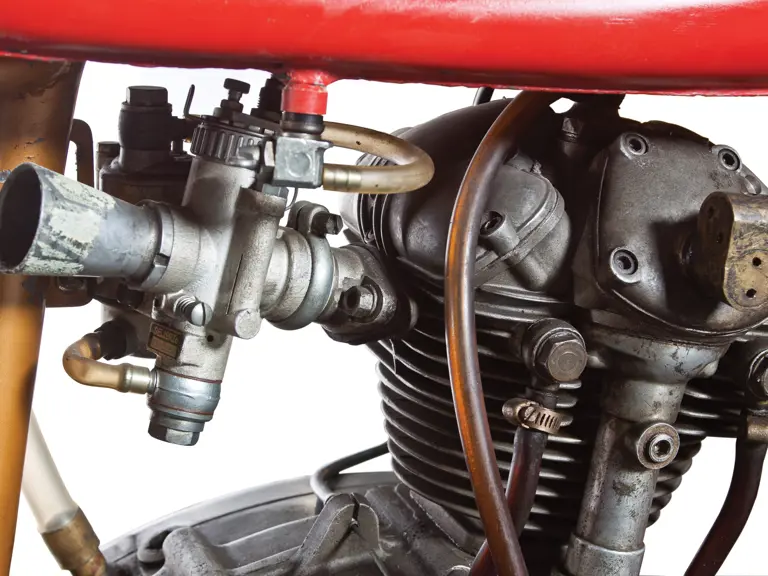
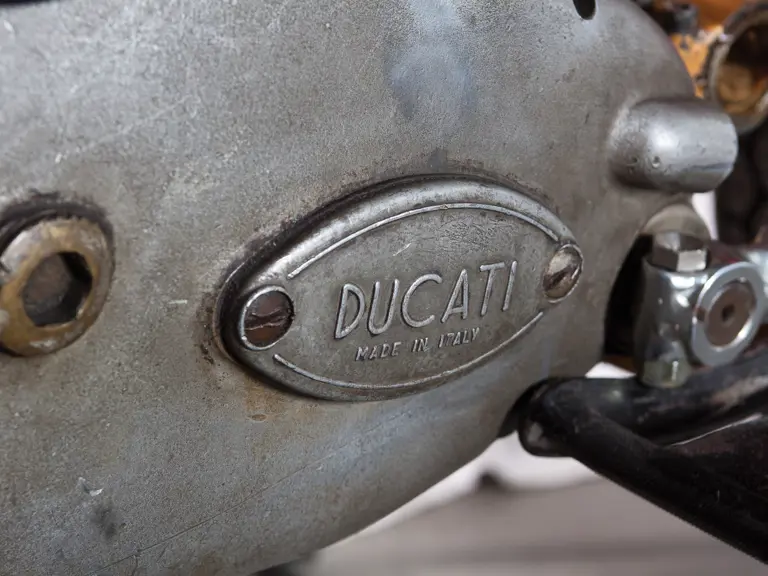
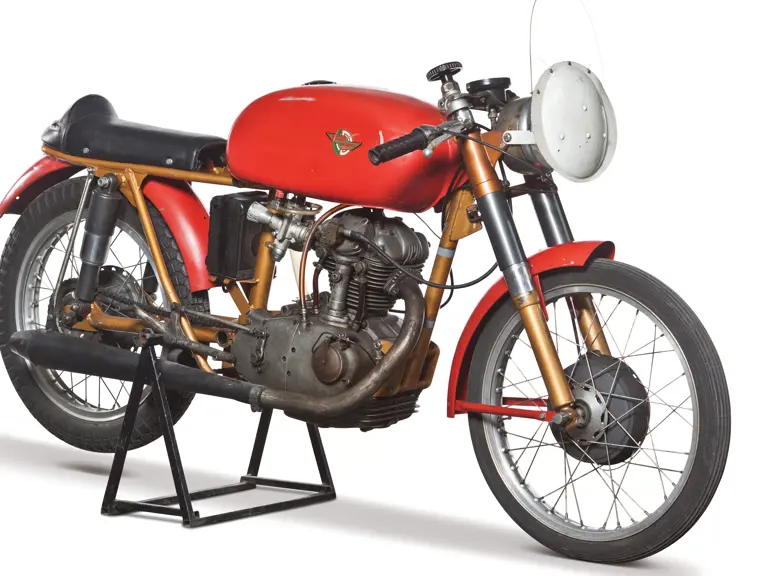
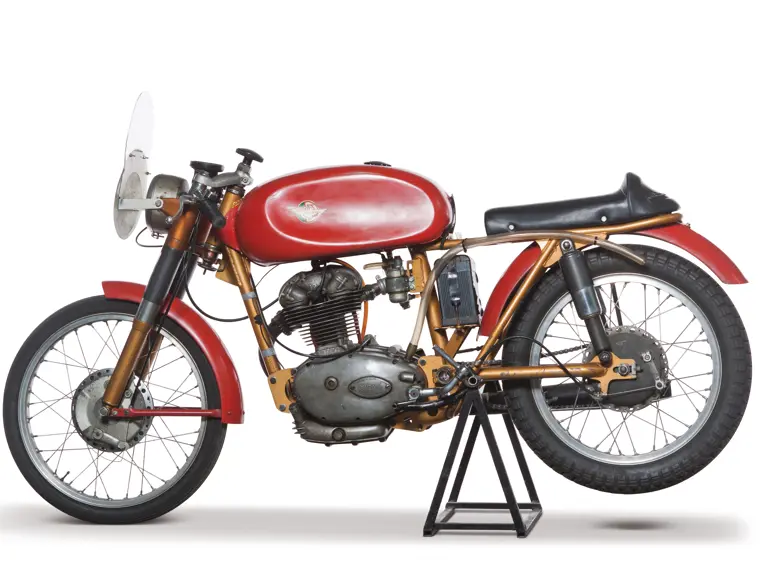
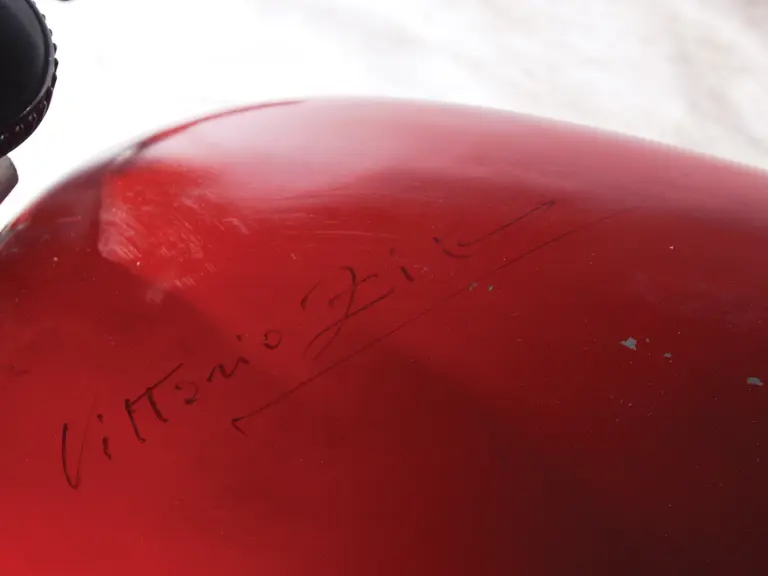

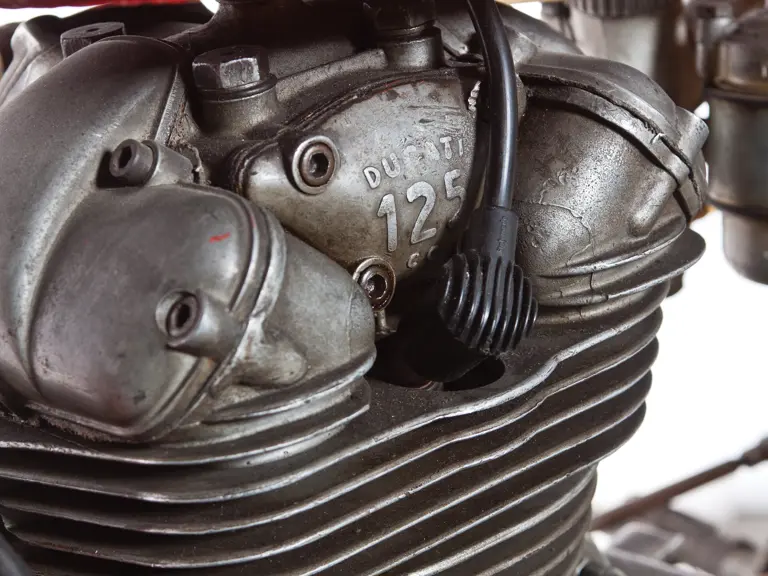
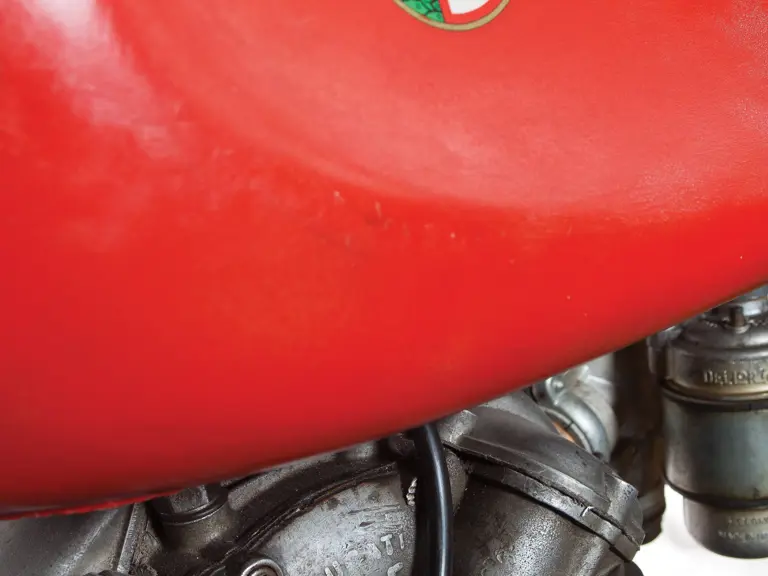

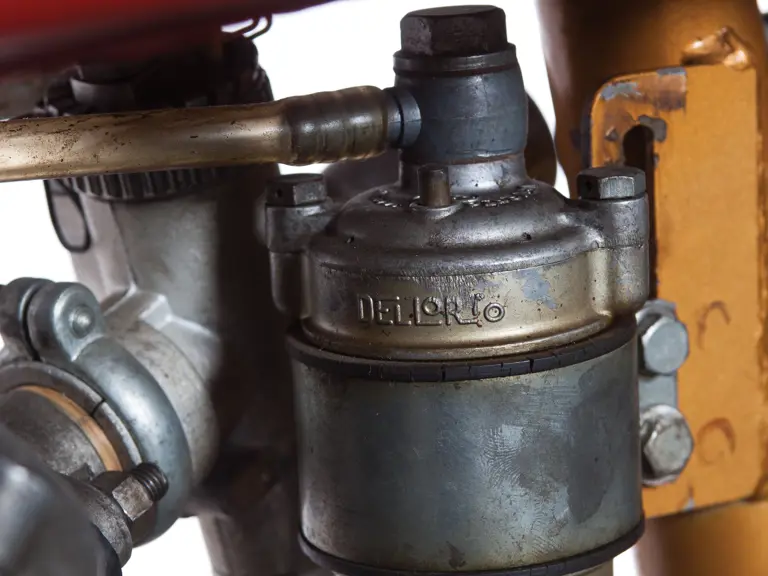

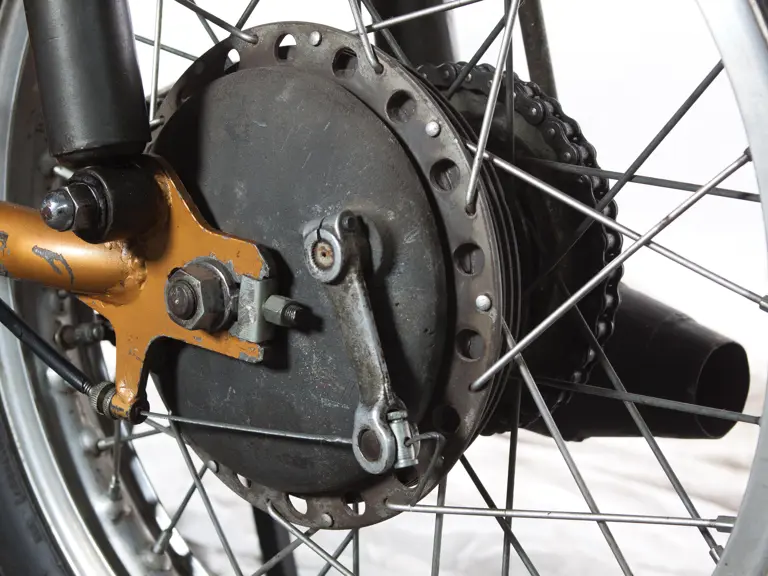

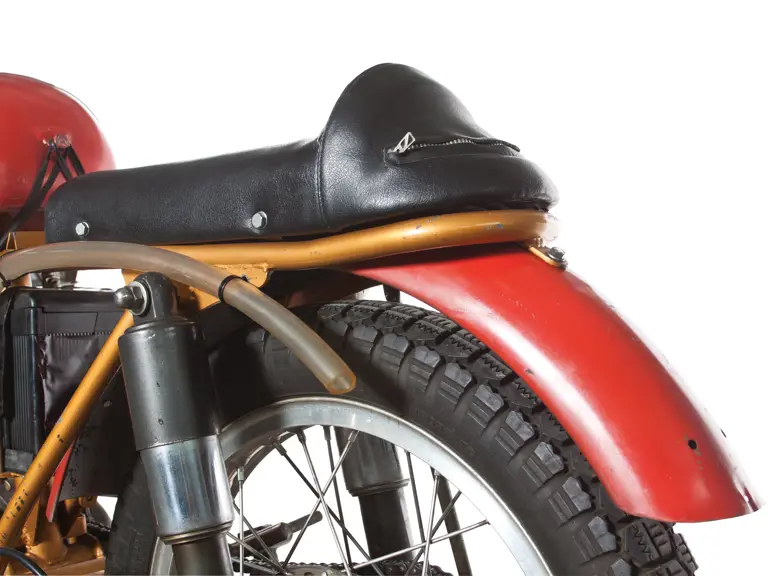

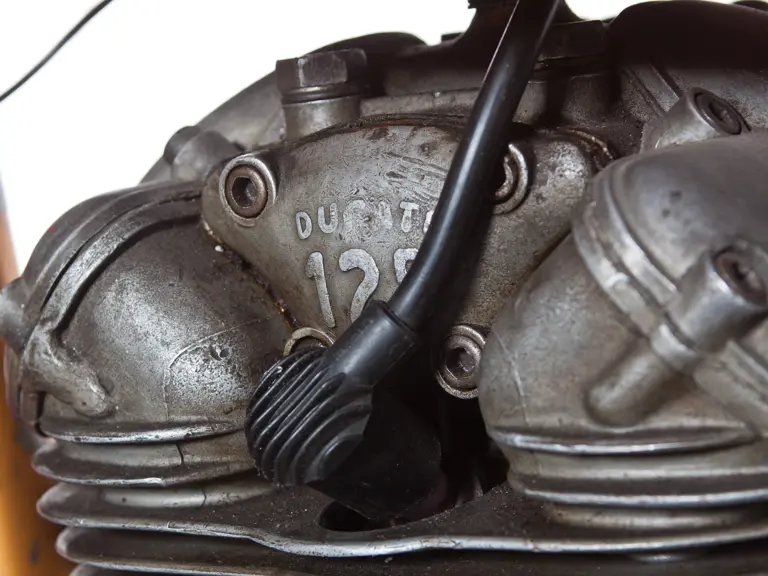
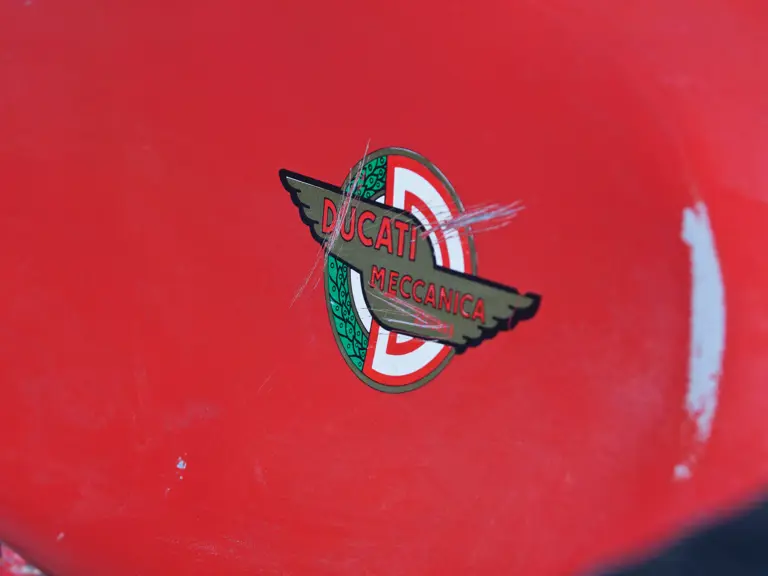
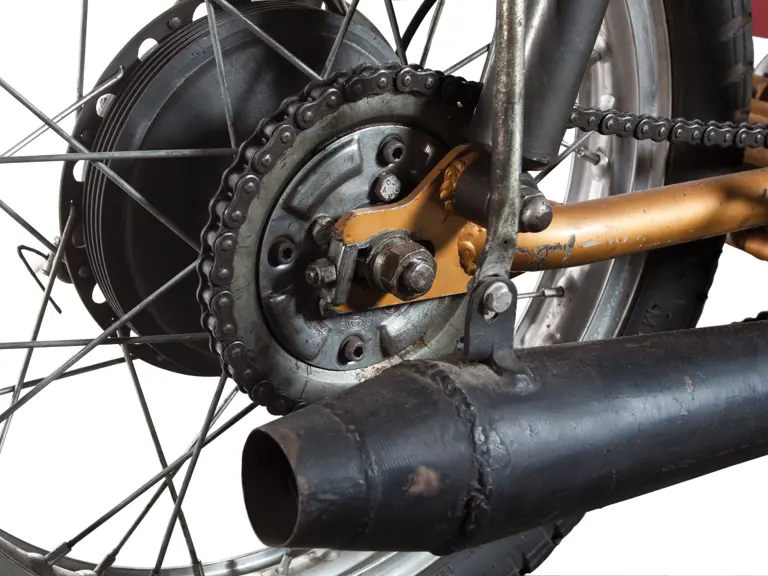

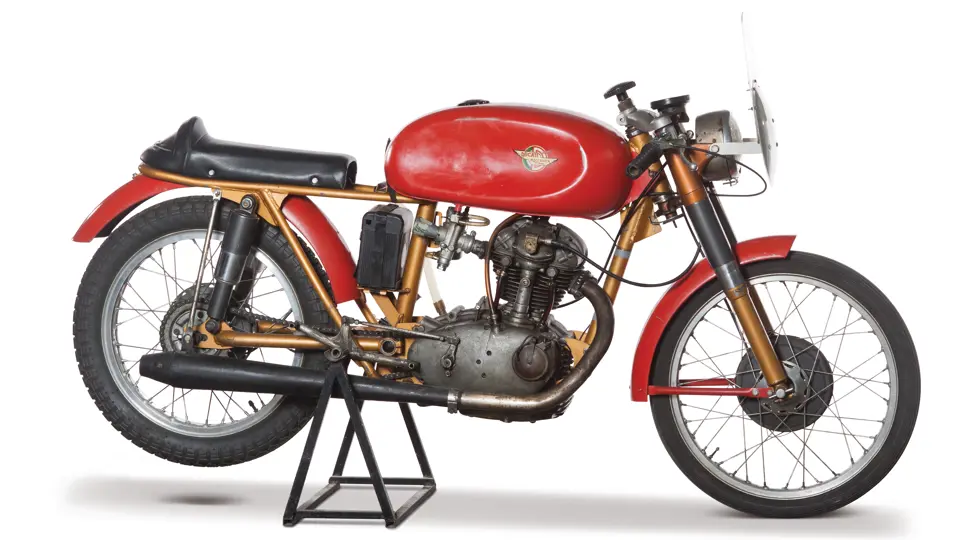
 | Monaco, Monaco
| Monaco, Monaco
